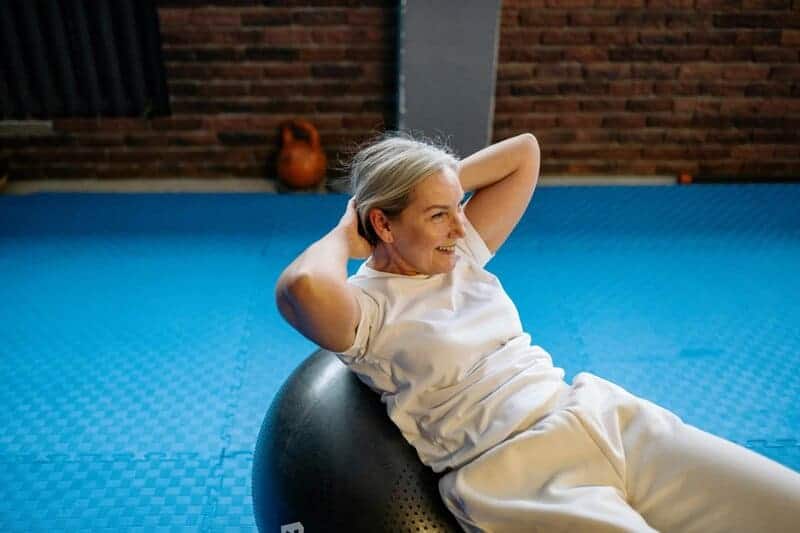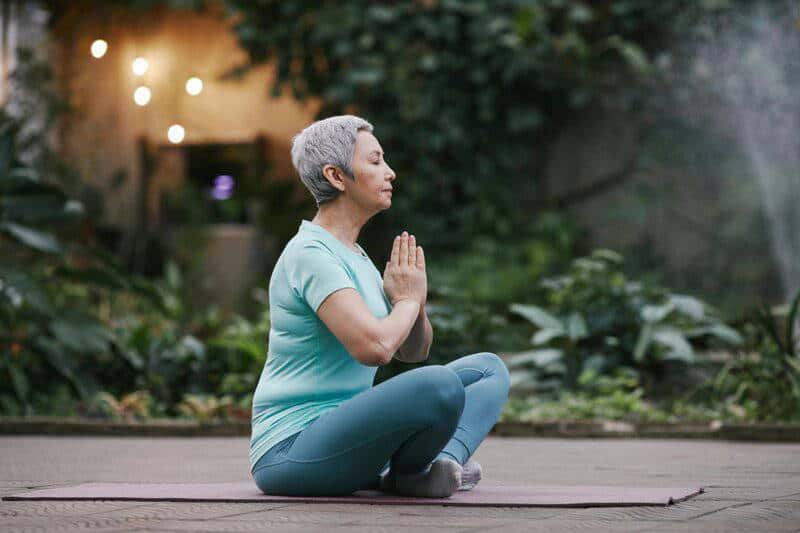In our fast-paced, technology-driven world, physical activity often takes a back seat. Many people spend hours sitting at desks or glued to screens, rarely moving beyond the occasional walk to the kitchen or car.
Yet, our bodies are designed for movement—not just the intense bursts found in structured workouts, but also the gentle, ongoing activity woven throughout the day.
Understanding the distinction between daily movement and structured workouts is essential for making informed decisions about your health and well-being.
Both play unique roles in keeping us energized, resilient, and thriving.
This article explores what your body truly needs, and how you can strike the right balance.























